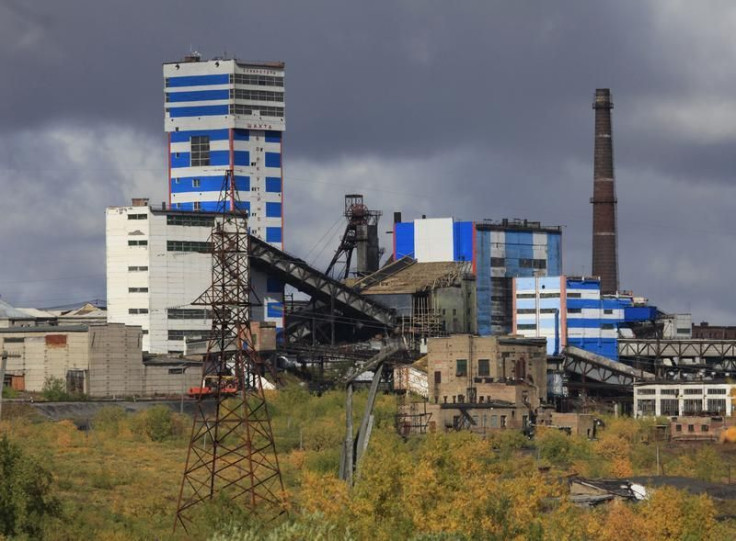Trapped And Dying From Methane: Russia’s Dangerous Coal Mines

At least 18 people were killed in an underground methane blast at a coal mine in the Komi region outside the city of Vorkuta in the far north of Russia, underscoring the poor safety record of the country’s mining facilities.
Most of the 250 people inside the pit when the explosion occurred 2,600 feet below the surface managed to escape, Reuters reported.
At least three people were taken to the hospital.
President Vladimir Putin sent his emergencies minister Vladimir Puchkov and other government officials to the Vorkutinskaya mine -- located about 750 miles northeast of Moscow -- which is owned by the Severstal (MCX:CHMF) steel corporation.
An investigation into the causes behind the mine tragedy has been launched by the federal Investigative Committee.
Despite improvements in mine safety since the fall of the Soviet Union in 1991, such deadly incidents -- often sparked by methane emissions, negligence or lack of proper regulations -- are quite frequent in Russia, particularly as its mine pits age (the Vorkutinskaya mine commenced operations four decades ago).
"We need a clear and understandable picture of what happened," Puchkov told local officials.
"I need a clear report on the injured, the condition of their health and what kind of necessary specialized medical help they need. We are sending the appropriate experts from Moscow.”
While Putin expressed his condolences to the families of the victims, the Itar-Tass news agency reported that each such family will receive 2 million roubles (about $66,300) in compensation.
Only a few weeks ago, in mid-January, at least four miners died from smoke inhalation from a mining accident in the Kuznetsk Basin region in western Siberia. About 69 miners fled to safety.
In 2010, a mine explosion in the Kemerovo region -- 2,200 miles east of Moscow -- killed more than five dozen.
An even worse incident at the Ulyanovskaya Mine in Kemerovo killed about 110 people in March 2007 -- it too was triggered by a methane gas leak and explosion, making it the deadliest such disaster in more than ten years.
According to the International Energy Agency, in 2008, Russia is the third-largest emitter of coal mine methane in the world after the U.S. and China.
Thousands of coal miners around the world die each year due to underground methane explosions.
Moscow projects that Russian coal output will climb from 323 million metric tons in 2008 to 400 million metric tons in 2020, suggesting the risk of dangerous methane emissions will also increase if safety standards are not quickly upgraded.
Methane, a potent greenhouse gas, is also a contributing factor in global warming. The IEA said that methane is 21 times more toxic than carbon dioxide over a 100-year period.
The IEA warned that very few Russian coal mines possess the advanced technology required to limit methane leaks.
However, with respect to mine safety, Russia boasts a far better record than either China (where untold thousands die in accidents annually) or neighboring Ukraine.
Coal is a key industry in Russia with 90 percent of production delivered by just 18 companies, according to RussianCoal.com.
In 2011, Russia produced 336.3 million tons of coal, an all-time recor that was 4 percent higher than the previous year.
© Copyright IBTimes 2024. All rights reserved.











